Your shopping cart is empty!
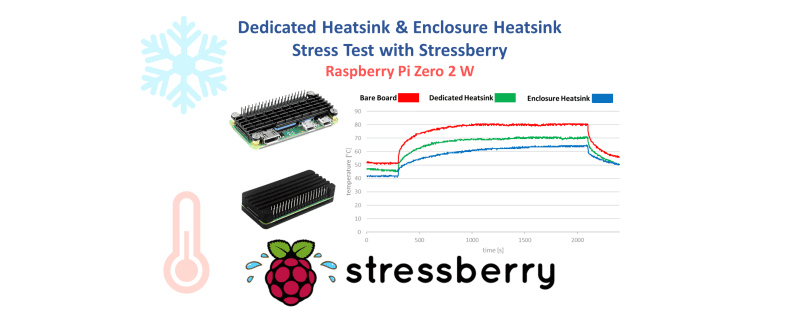
RPI Zero/2W Enclosure Heatsink Stress Test with Stressberry
- Chun Boon Jian
- 12 Apr 2022
- 1227
Disclaimer:
This guide is provided for information and as it is. Cytron Technologies will not be responsible for any damage or data lost during the installation process. Do backup your microSD card if you have any concern.
Hardware:
- Raspberry Pi Zero 2 W
- Dedicated Heatsink for Raspberry Pi Zero/2 W
- Raspberry Pi Zero/2 W Heatsink Enclosure

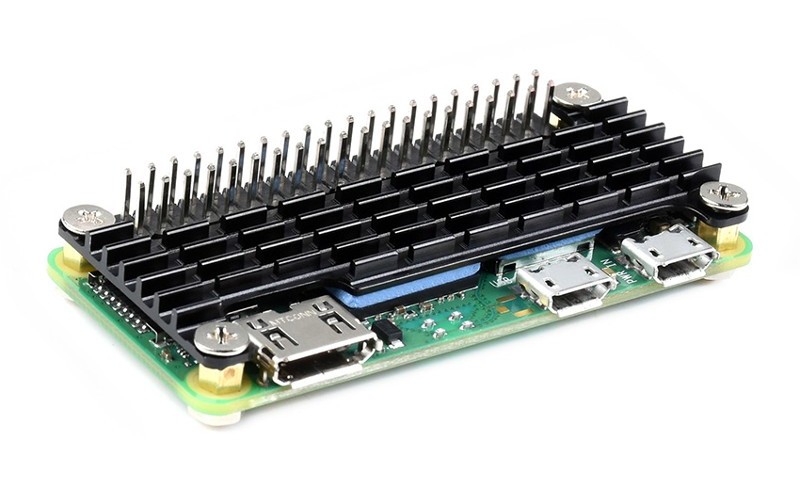 | 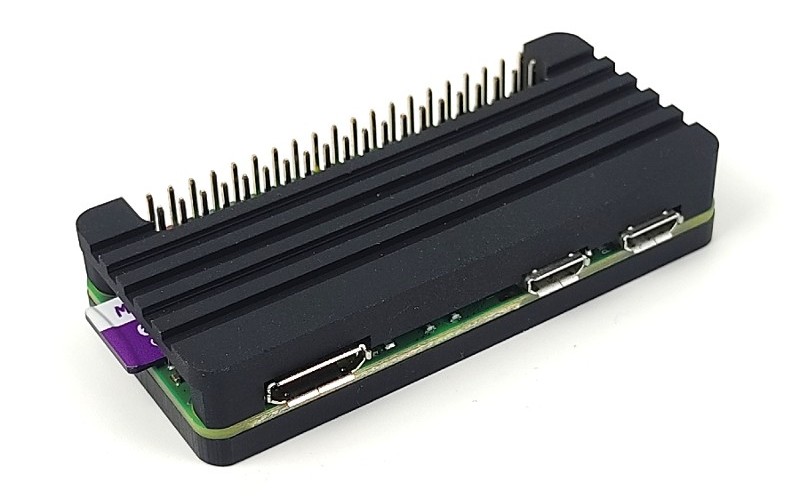 |
| Dedicated Heatsink for RPi Zero/2 W | RPi Zero/2 W Heatsink Enclosure |
First of all, why subject your Raspberry Pi to this level of stress? In the case of Raspberry Pi Zero 2 W, the CPU used is similar to Raspberry Pi 3, Quad-Core Arm Cortex A53 but it clocked at 1 GHz. Raspberry Pi Zero W does not require a heatsink as the CPU is only a single core but the Raspberry Pi Zero 2 W runs with a quad-core, 64-bit processor where it can overheat if it doesn’t have enough cooling. This results in the CPU being governed (slowed down) to reduce the electrical energy being consumed, and in turn, reduce heat generation. The RPi 3B+ and predecessors could also overheat, however, it was less of a problem for the majority of use cases. A quick stress test, in this case, will reveal if your Raspberry Pi Zero can run at full CPU load in its case/environment without overheating and not slowing down.
The goal of this tutorial is to create a chart that depicts:
- A stabilization period at the beginning
- A period of time for full-load CPU
- View the CPU temperature
- View the CPU speed (to witness if the CPU is being governed, or not)
There are a million ways to cool down your Raspberry Pi: Small heat sinks, specific cases, and some extreme DIY solutions. Stressberry is a package for testing the core temperature under different loads, and it produces nice plots which can easily be compared.
The run lets the CPU idle for a bit, then stresses it with maximum load for 30 minutes, and lets it cool down afterward. The entire process takes around 45 minutes. The resulting data is displayed on a screen or, if specified, written to a PNG file.
Step 1: Enclosure Installation Steps
Dedicated Heatsink
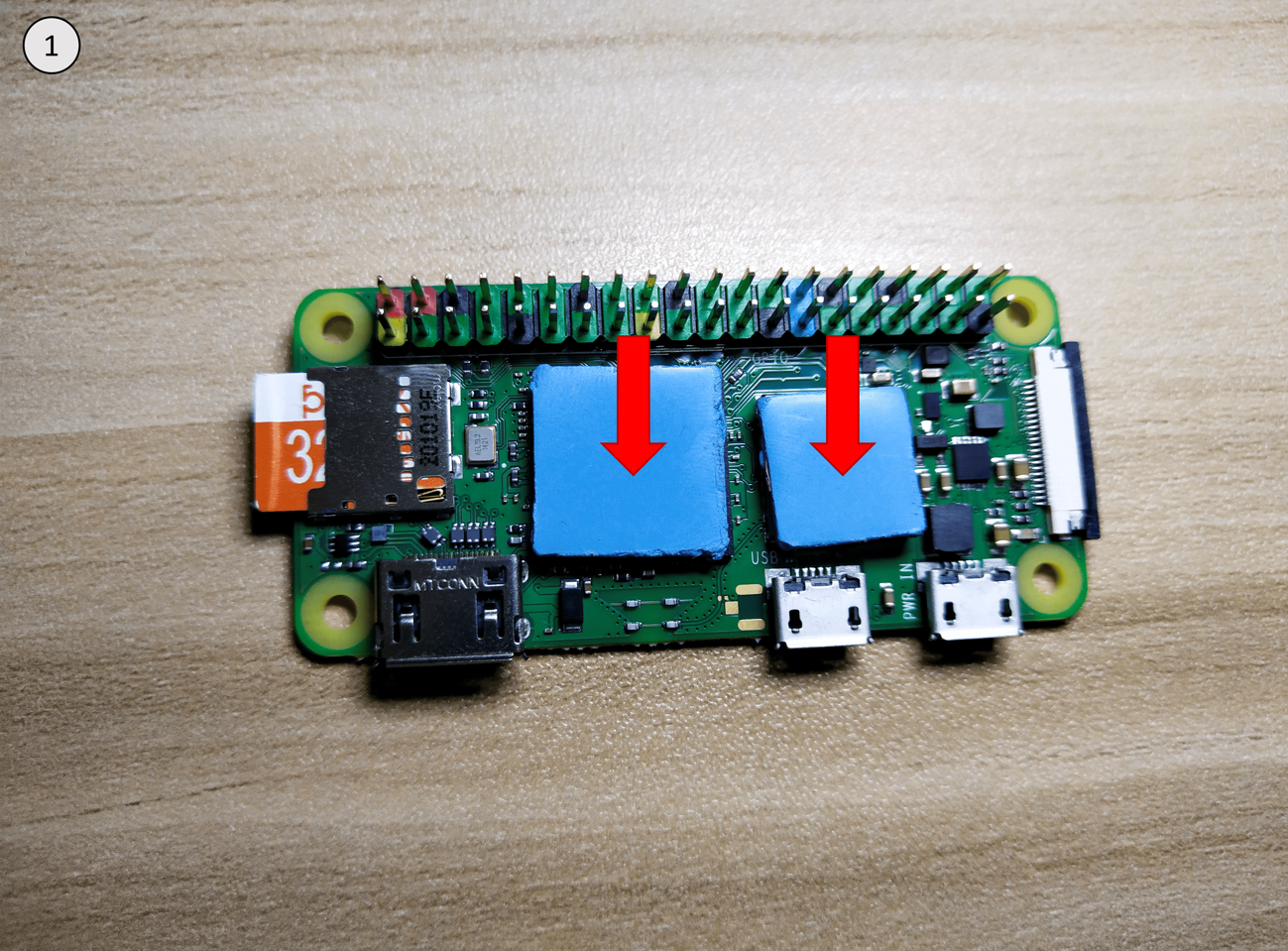
1. Place the thermal pads as shown above.
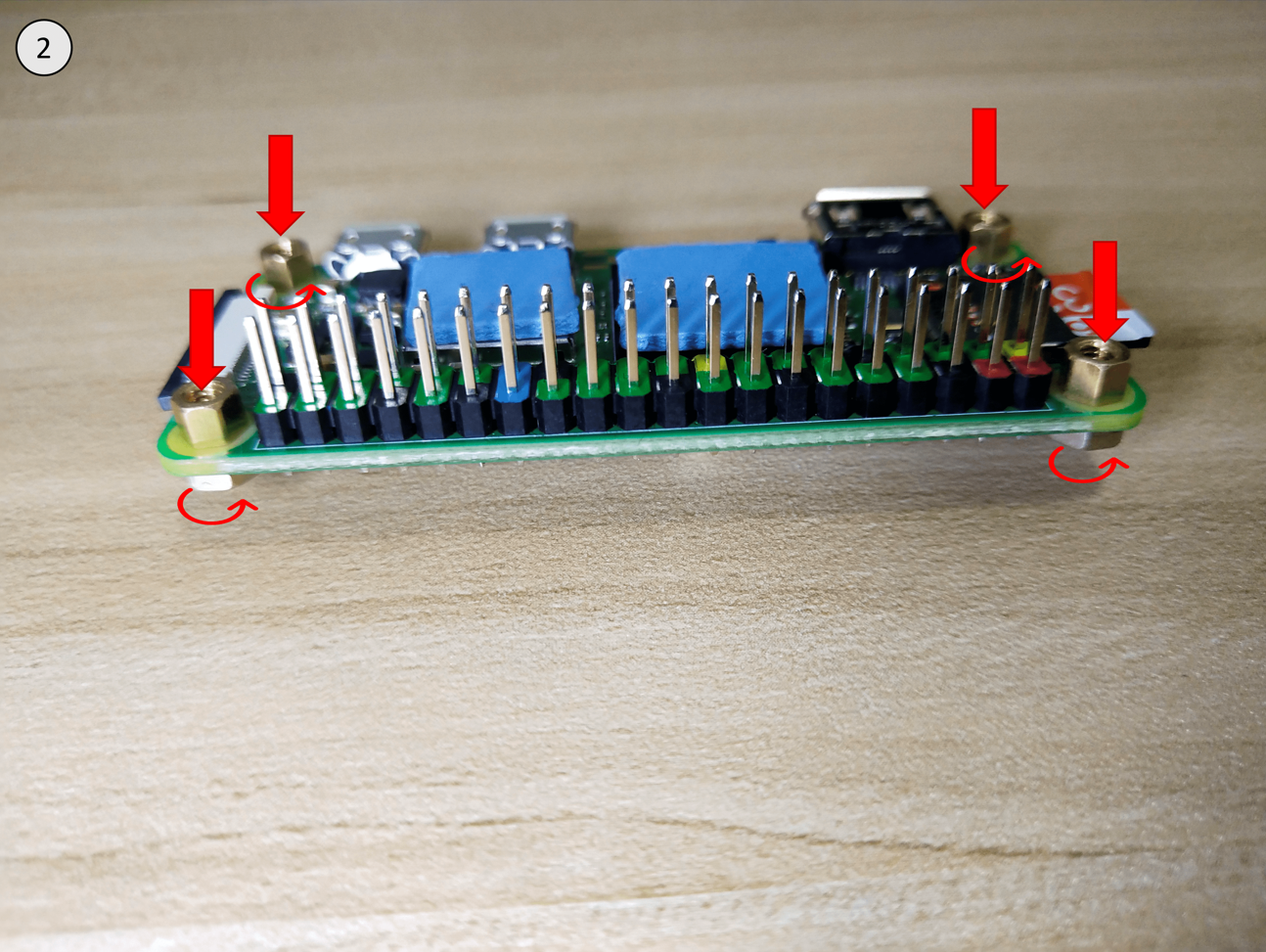
2. Fix Raspberry Pi Zero 2 W with copper pillars and nuts.
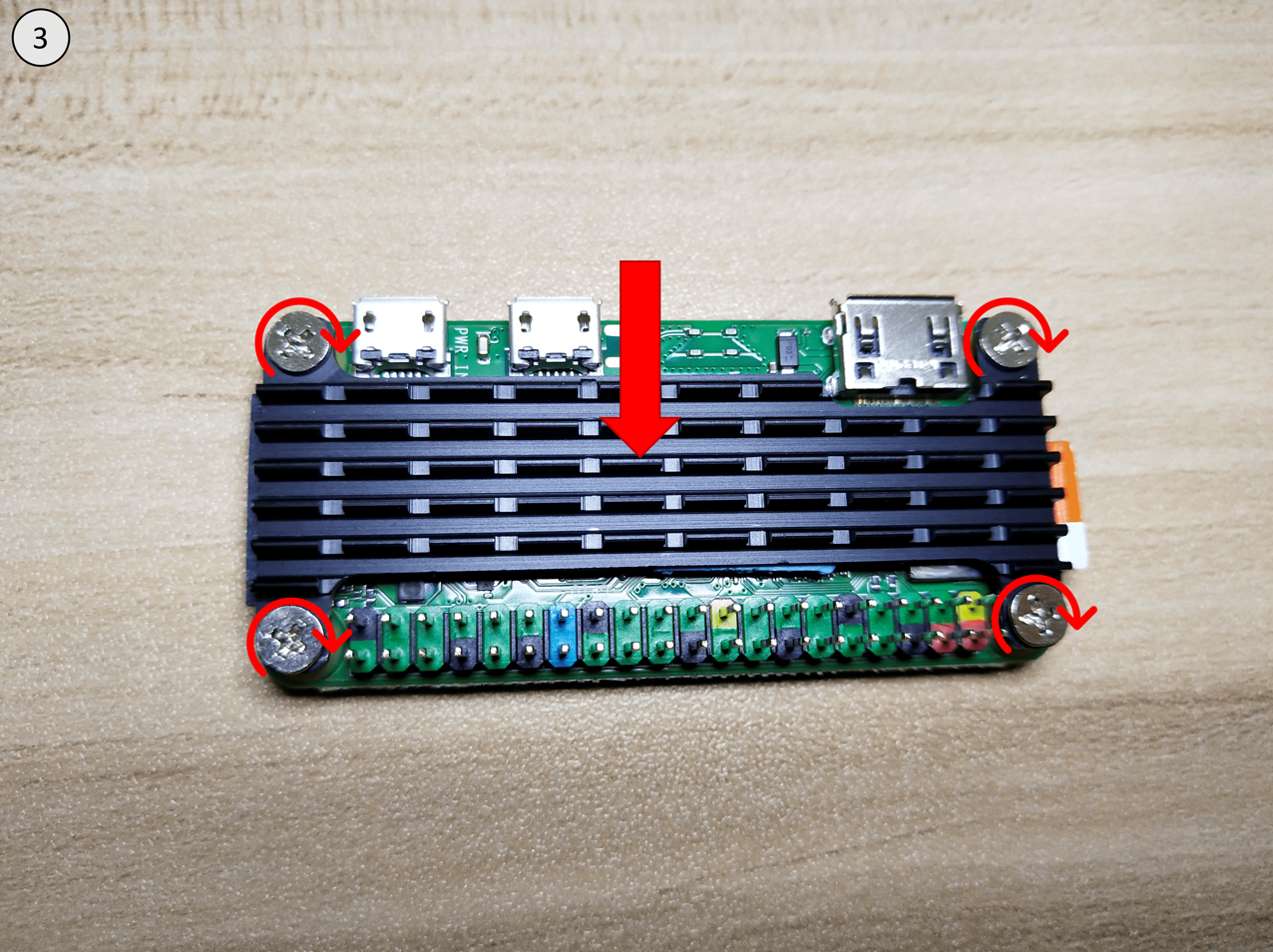
3. Fix heat sink to Raspberry Pi Zero 2 W with screws.
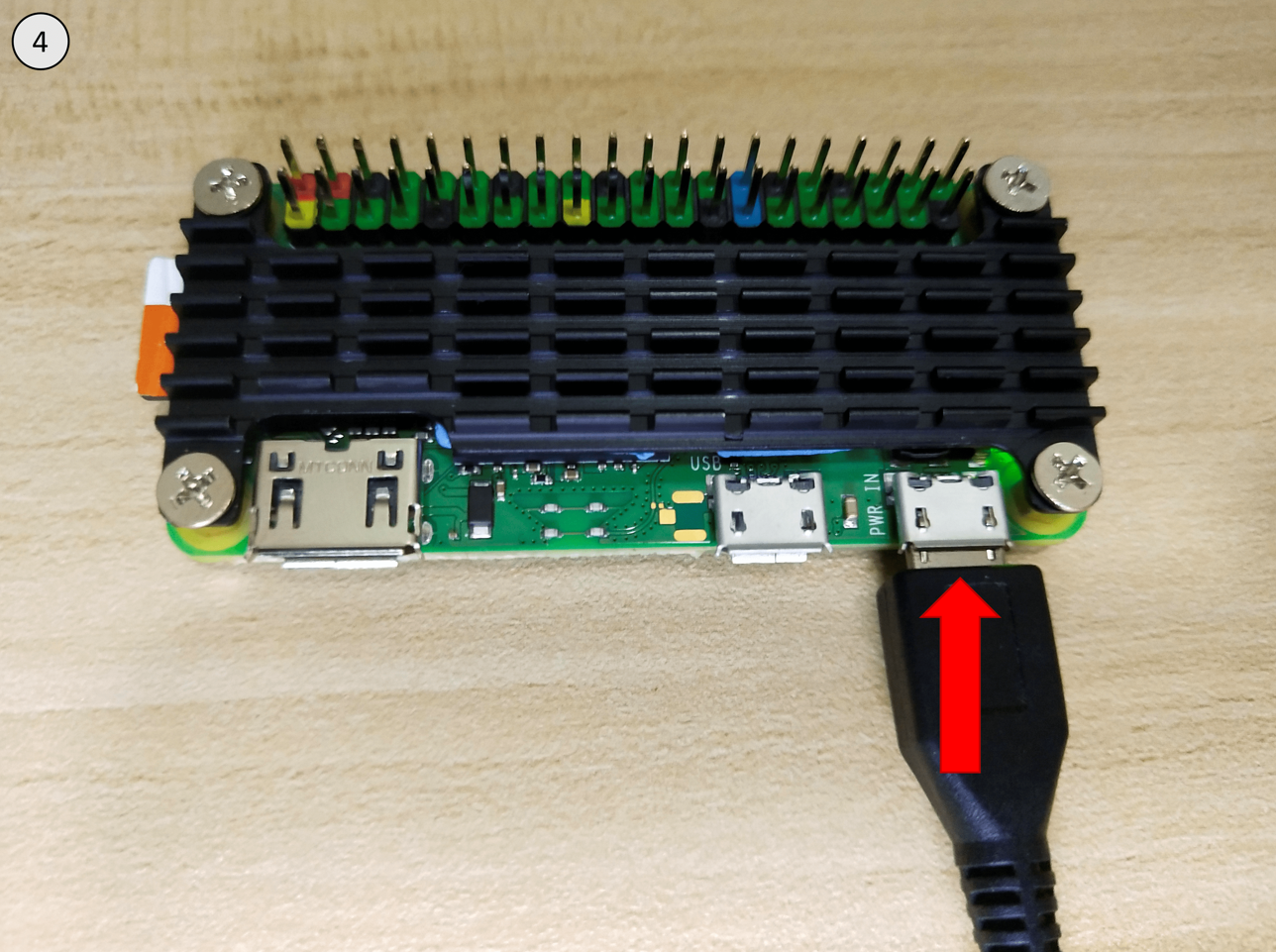
4. Plug in the power.
Enclosure Heatsink
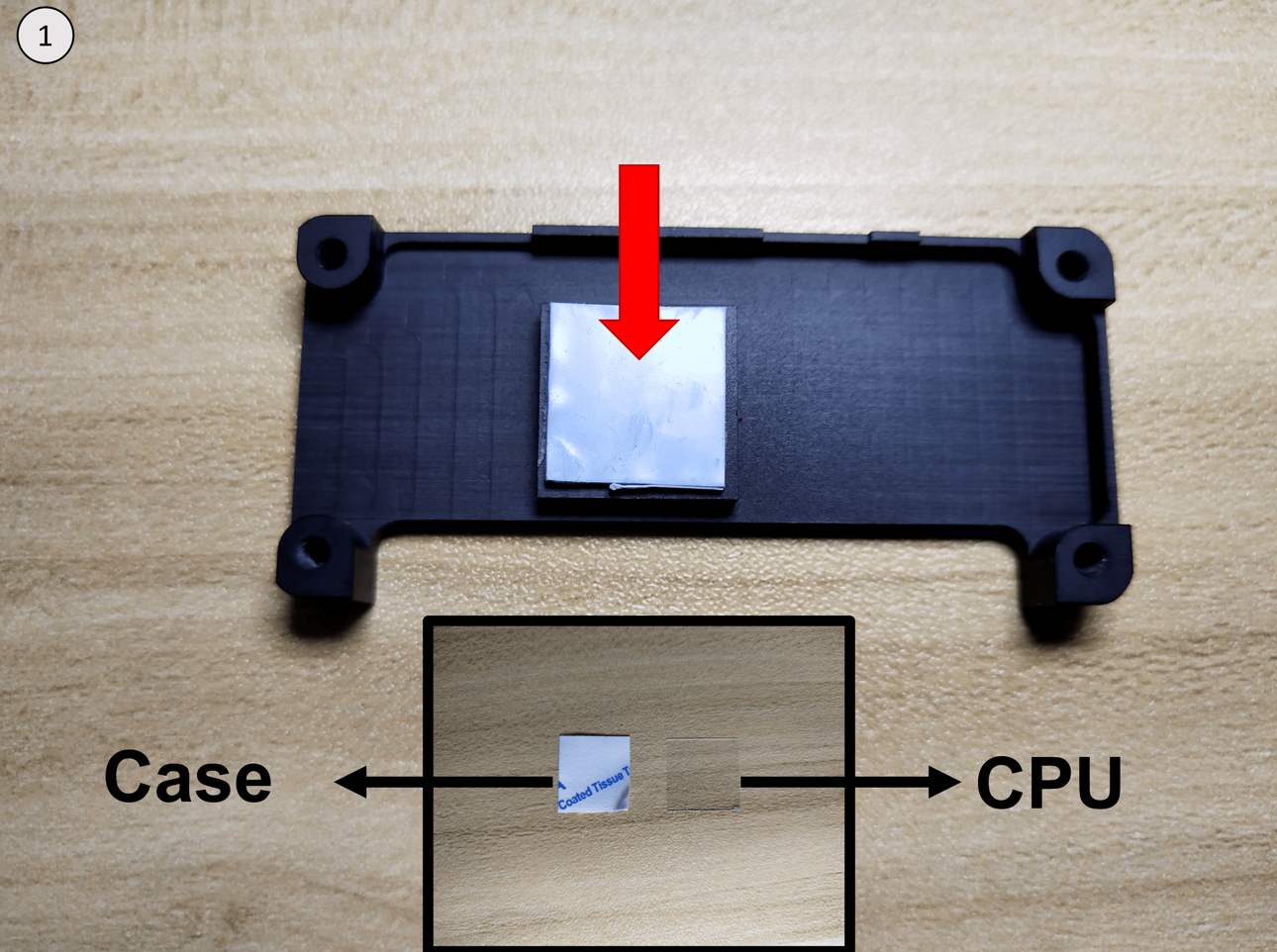
1. Place the thermal pad on the upper case.
**One of the thermal pad surfaces has double sided tape. Make sure the double sided tape surface is attached to the case.
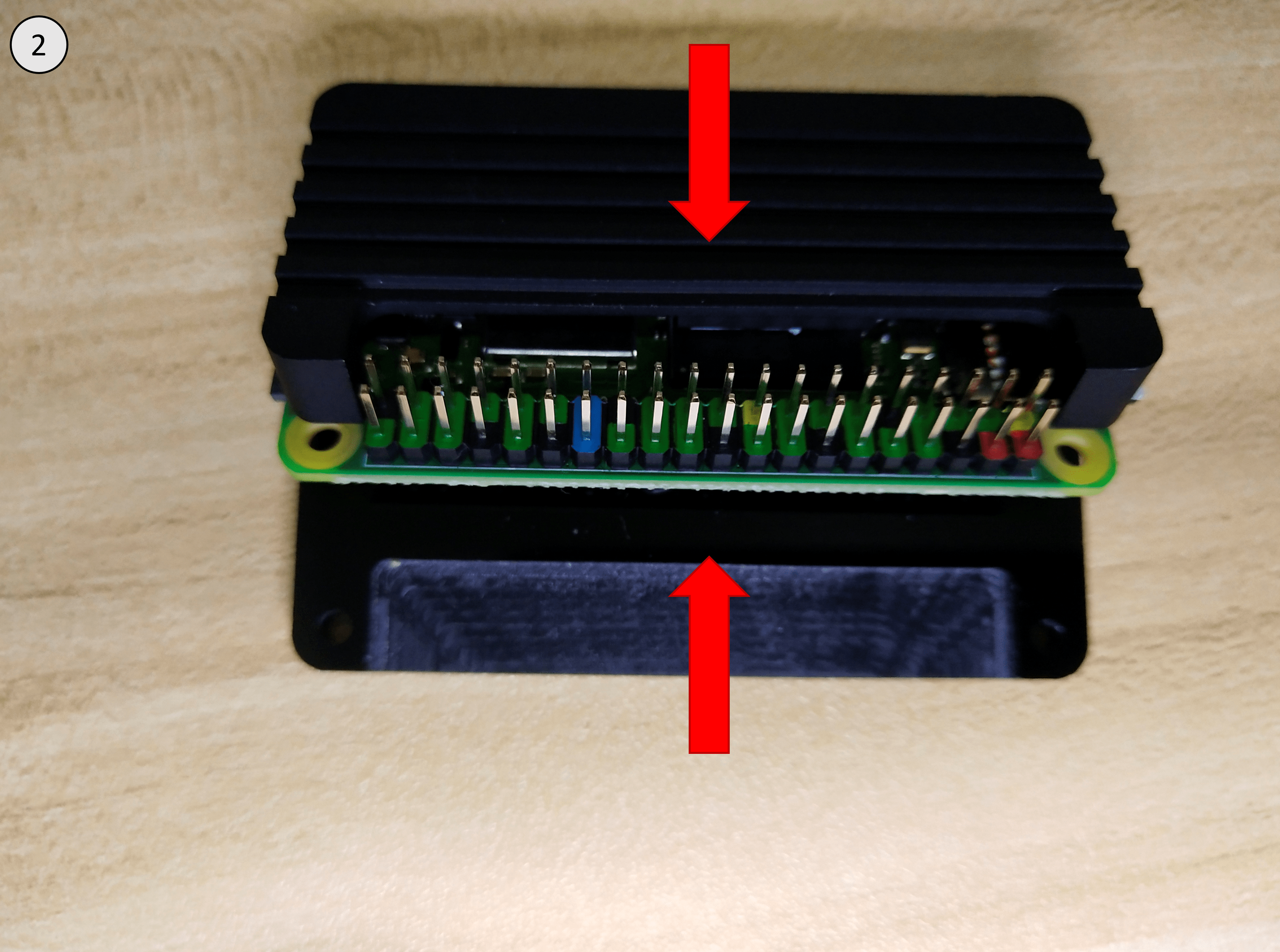
2. Place and align the upper case, Raspberry Pi Zero 2 W and bottom case as shown above.
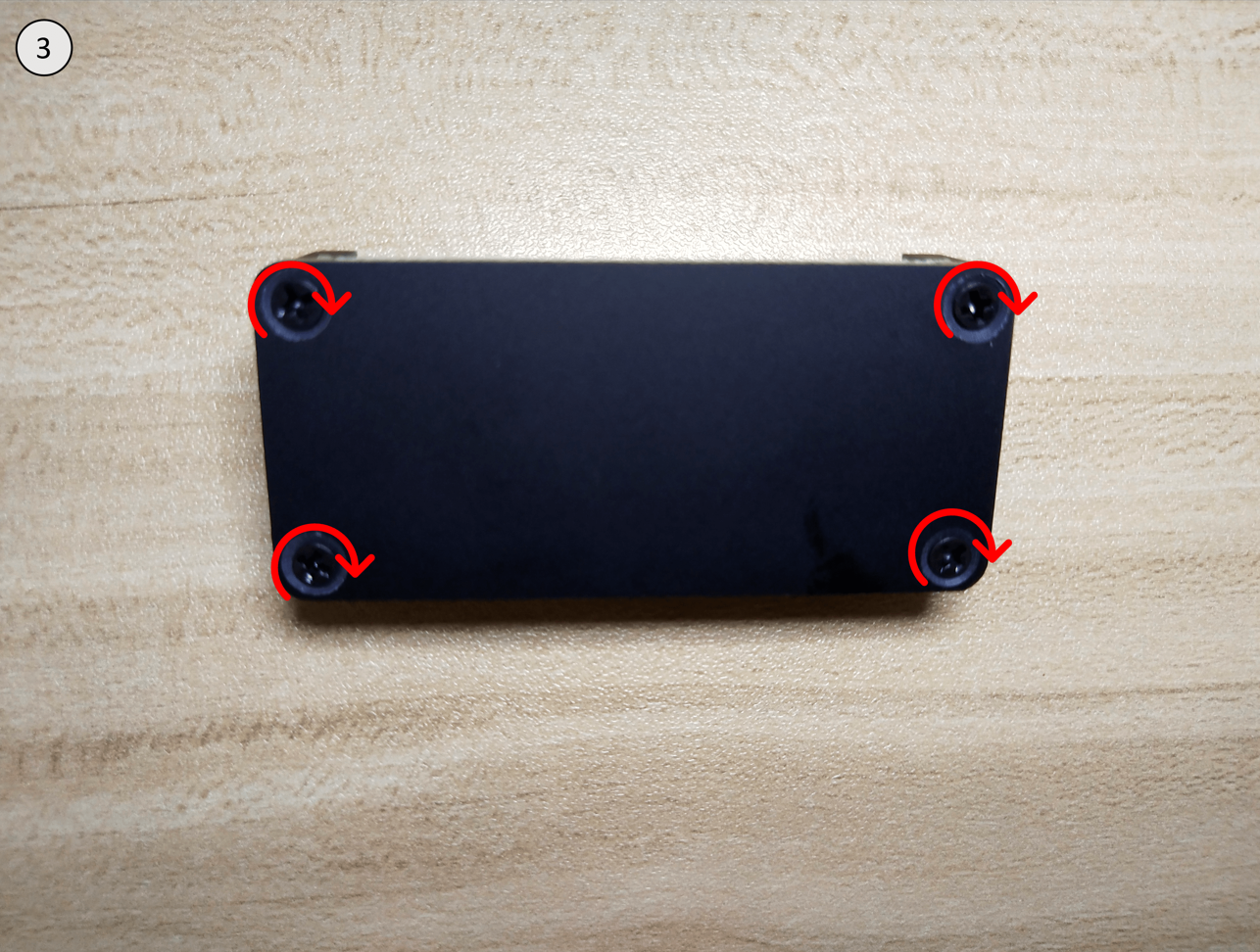
3. Fix the upper case, Raspberry Pi Zero 2 W and bottom case with screws at the bottom case.
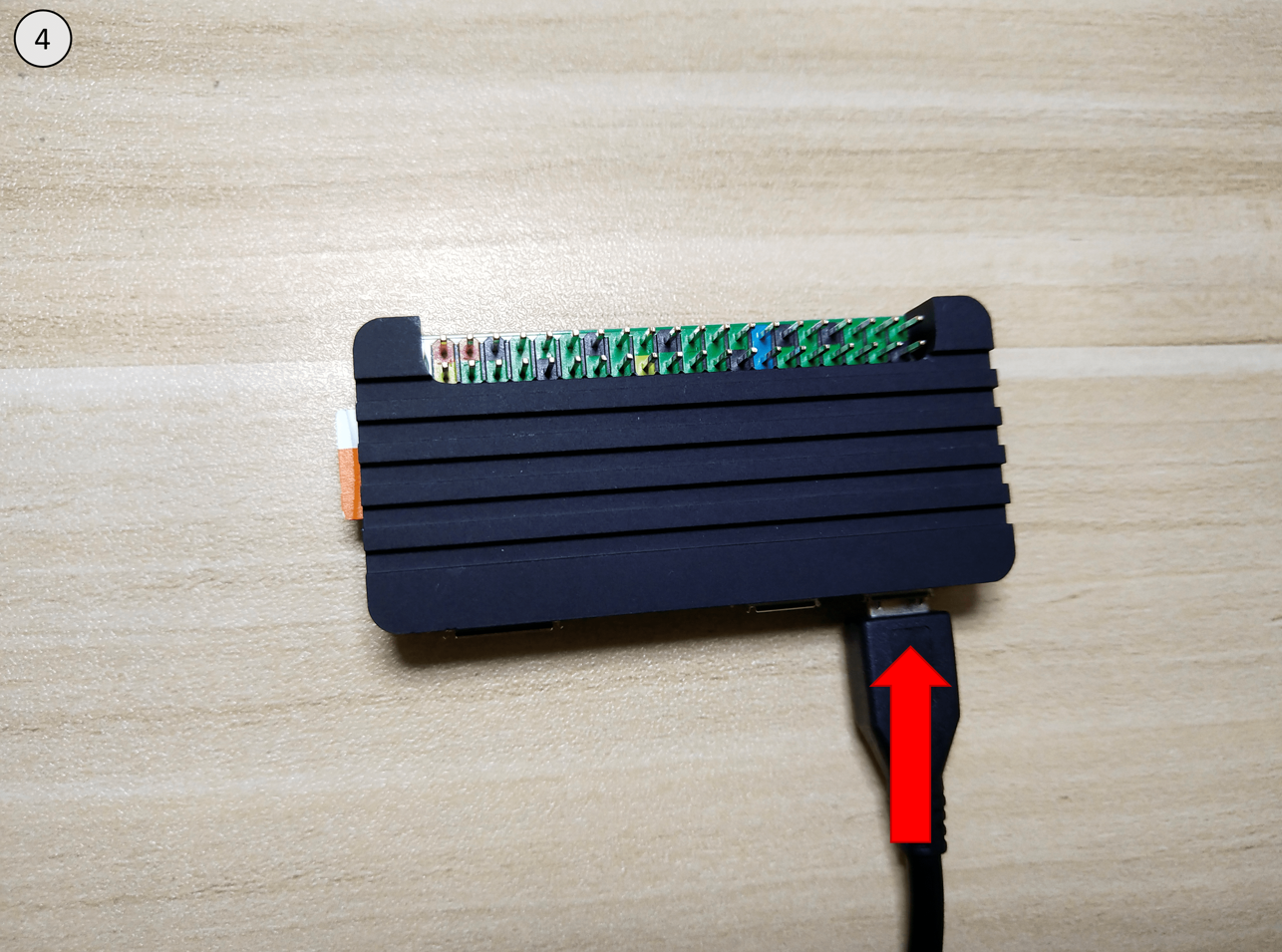
4. Plug in the power.
Step 2: Stress Test Result
I have ran the stress test on the Dedicated Heatsink and Enclosure Heatsink to observe the heat dissipating performance at the Raspberry Pi. The chart below shows the Stressberry graph for both of the heat sinks.
Dedicated Heatsink
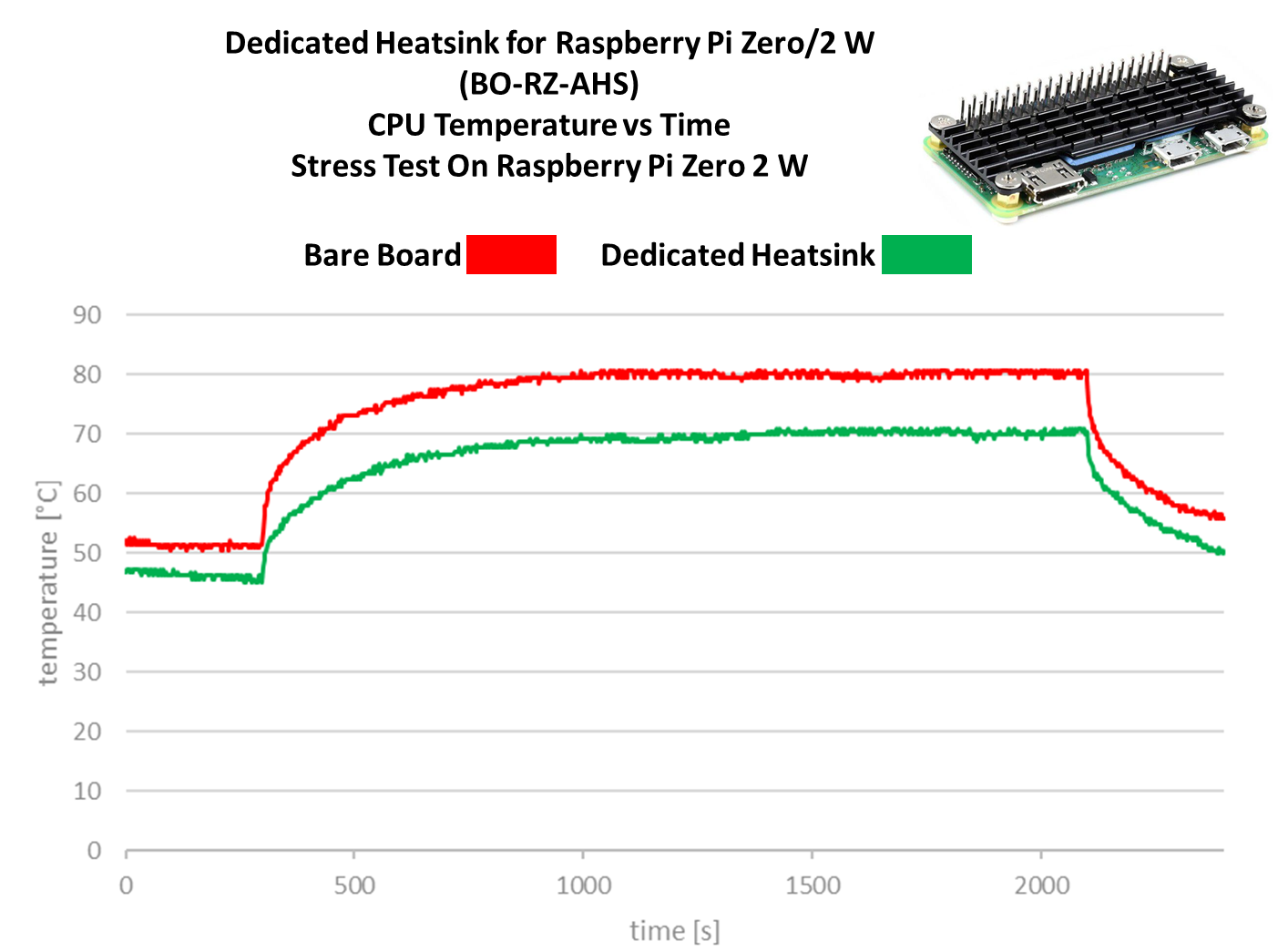
Enclosure Heatsink

Comparison of Dedicated Heatsink and Enclosure Heatsink
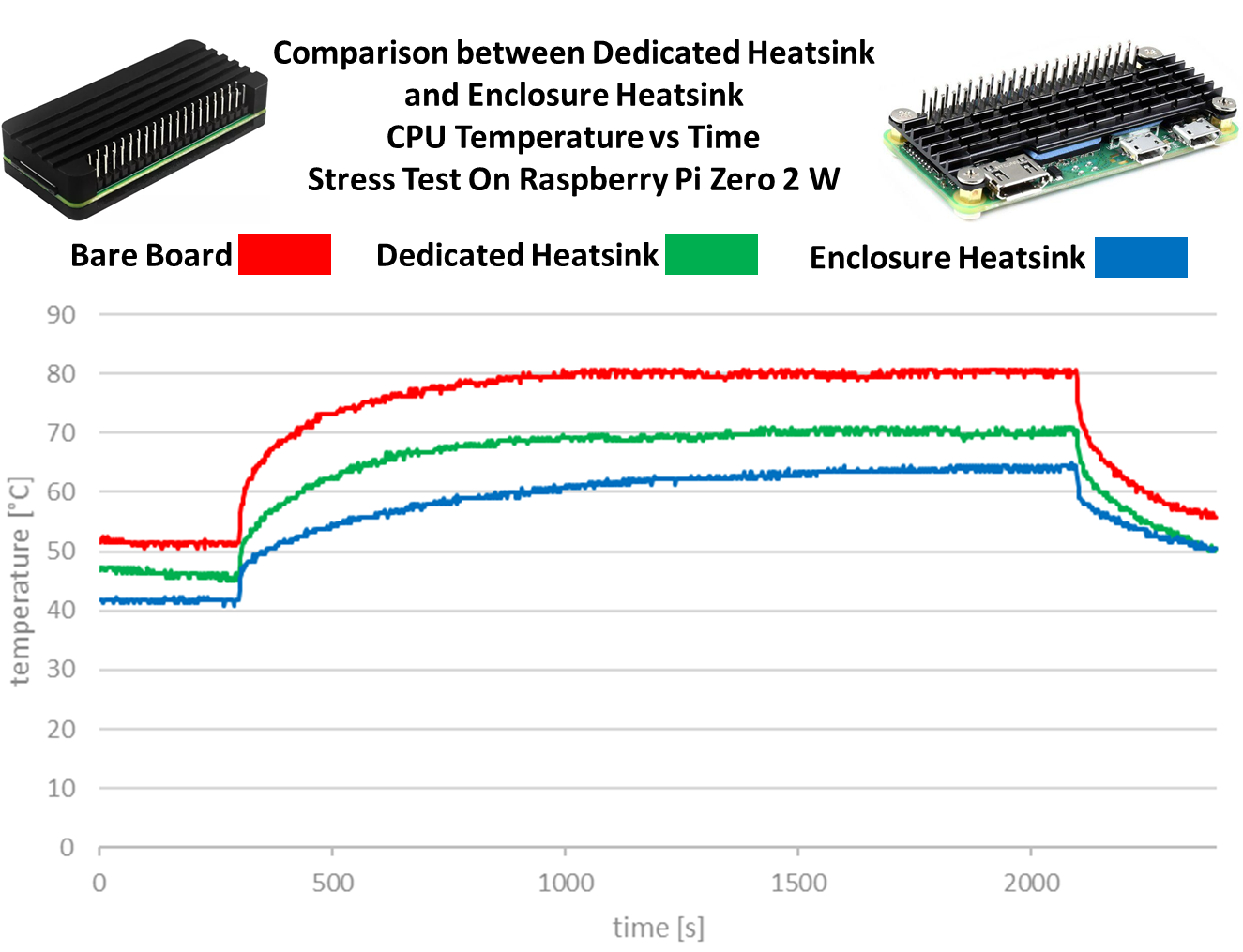
From the chart, we can see that the Raspberry Pi can dissipate heat better with both of the heat sinks. From my observations:
- Bare board – the CPU is doing its best to deal with the generated heat. An interesting compromise that appears to be keeping the CPU well around 80 degree Celsius.
- Dedicated Heatsink – this type of heat sink applies a passive cooling mechanism and of course it is better than bare board in dissipating the heat and keeping the Raspberry Pi temperature around 70 degree Celsius. The heat from the CPU is absorbed and dissipated through a wide surface area.
- Enclosure Heatsink – this type of heat sink applies a passive cooling mechanism and of course it is better than bare board in dissipating the heat and keeping the Raspberry Pi temperature below 70 degree Celsius. The heat from the CPU is absorbed and dissipated through a wide surface area.
Comparing both of the heat sinks, the Enclosure Heatsink has the better heat dissipating performance on the Raspberry Pi Zero 2 W. This may be due to the Enclosure Heatsink having a larger covered surface on the Raspberry Pi compared with the Dedicated Heatsink.
Now you can see that enclosure for Raspberry Pi 4 is really important in dissipating the CPU heat. Interested in having this type of enclosure for your Raspberry Pi?
Let’s get the heat sinks at Cytron Marketplace ?.
Thanks for reading this page. If you have any technical inquiries, please post at Cytron Technical Forum.
 International
International Singapore
Singapore Malaysia
Malaysia Thailand
Thailand Vietnam
Vietnam